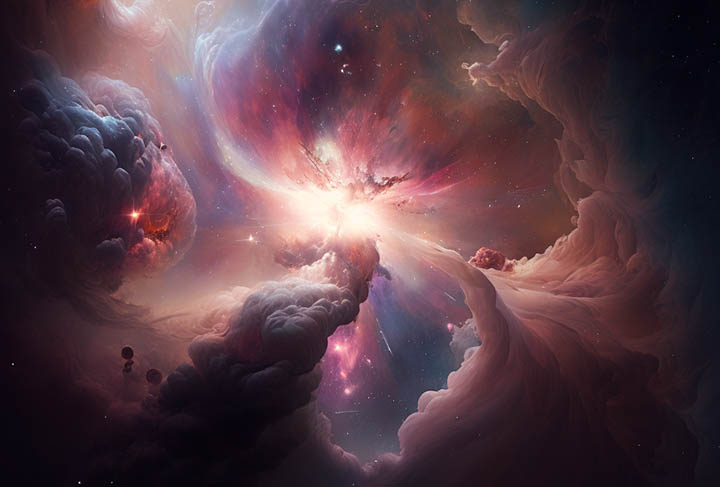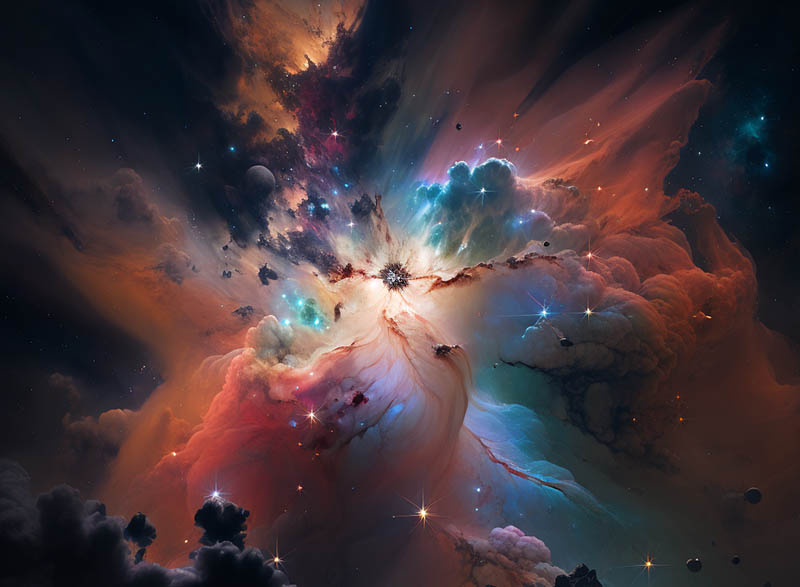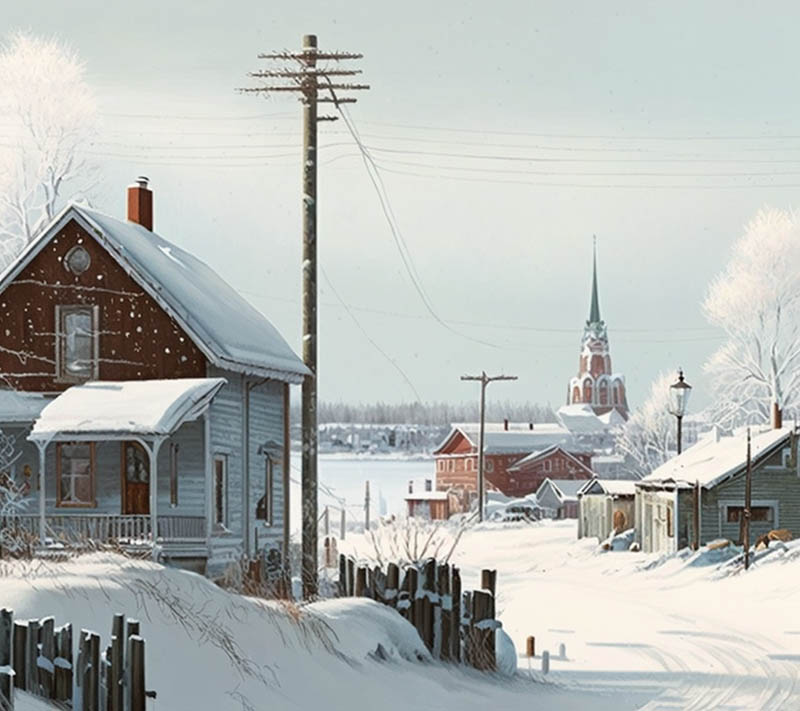All stars are born in vast clouds of gas and dust called nebulae. These clouds are often hundreds of light-years across and contain the necessary ingredients for the formation of new stars. But why stars are born in a nebula? There’s quite a simple explanation.
Nebulae Formation
Nebulae are formed from the remnants of previous generations of stars. When a star runs out of fuel and explodes in a supernova, it sends its outer layers into space. These layers, composed mainly of gas and dust, become part of the interstellar medium, the material between stars.
Gravity and Pressure
Within the nebula, regions of higher density form due to the gravitational attraction between particles. As these regions become denser, their gravity becomes stronger, pulling in more gas and dust. This creates a protostar, a dense core that will eventually become a star.
As the protostar grows, it generates heat and pressure, causing the surrounding gas and dust to heat up and glow. This glowing region is known as an H II region, named after the ionized hydrogen gas that dominates its composition.

Star Formation
Once the protostar reaches a temperature of about 10 million degrees Celsius, nuclear fusion begins, creating energy and light. The protostar is now a fully formed star, and the surrounding gas and dust are blown away by the star’s strong stellar winds and radiation pressure.
The leftover material from the nebula, however, may continue to orbit the star, forming a disk called a protoplanetary disk. This disk is the birthplace of planets, moons, and other objects that make up a solar system.
Conclusion
Now we know that stars are born in nebulae, vast clouds of gas and dust that form from the remnants of previous generations of stars. These clouds become denser due to gravity and pressure, eventually forming a protostar. Once the protostar begins nuclear fusion, it becomes a fully formed star and blows away the surrounding gas and dust. The leftover material may continue to orbit the star, forming a protoplanetary disk and giving rise to planets and other objects in a solar system. Understanding the process of star formation is crucial to our understanding of the universe and the objects that inhabit it.


